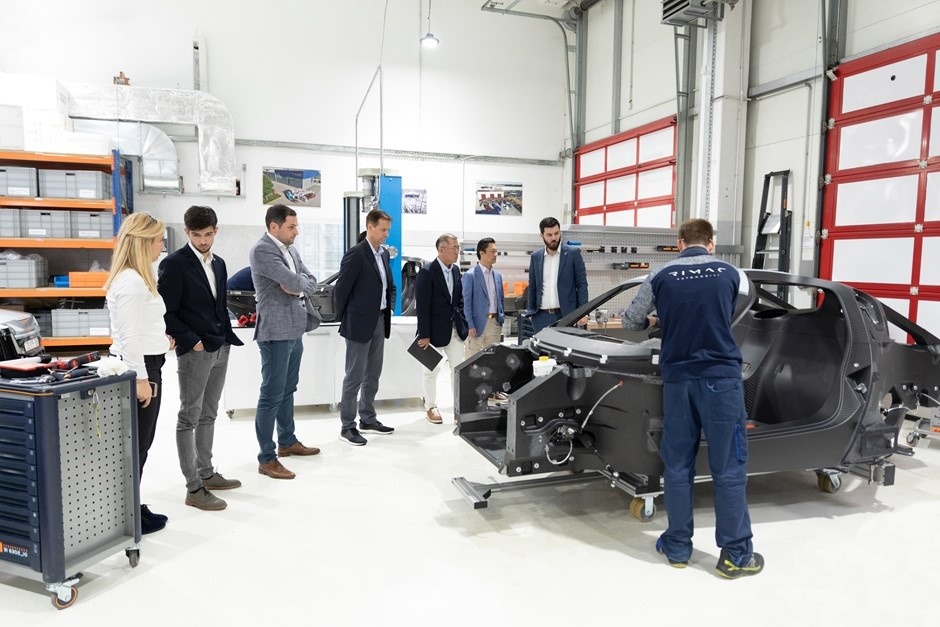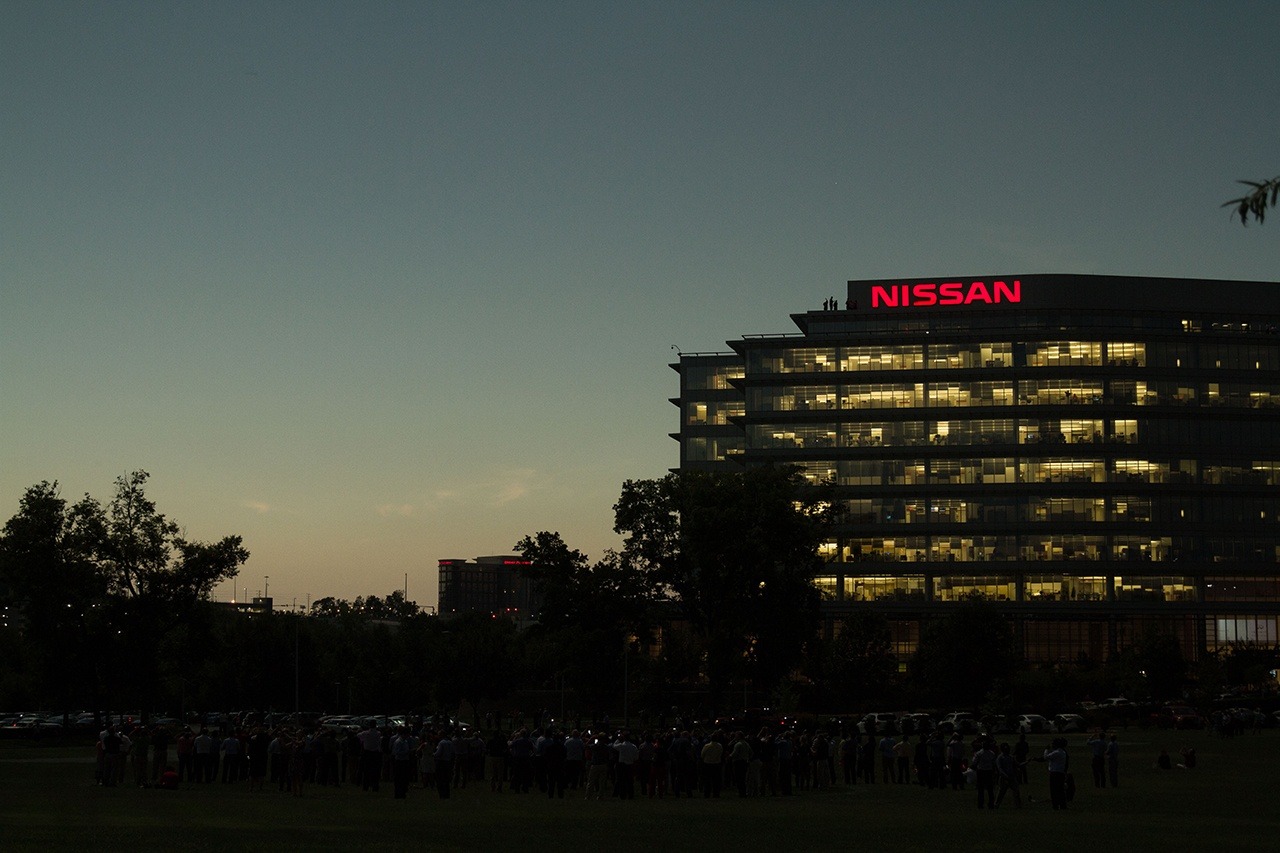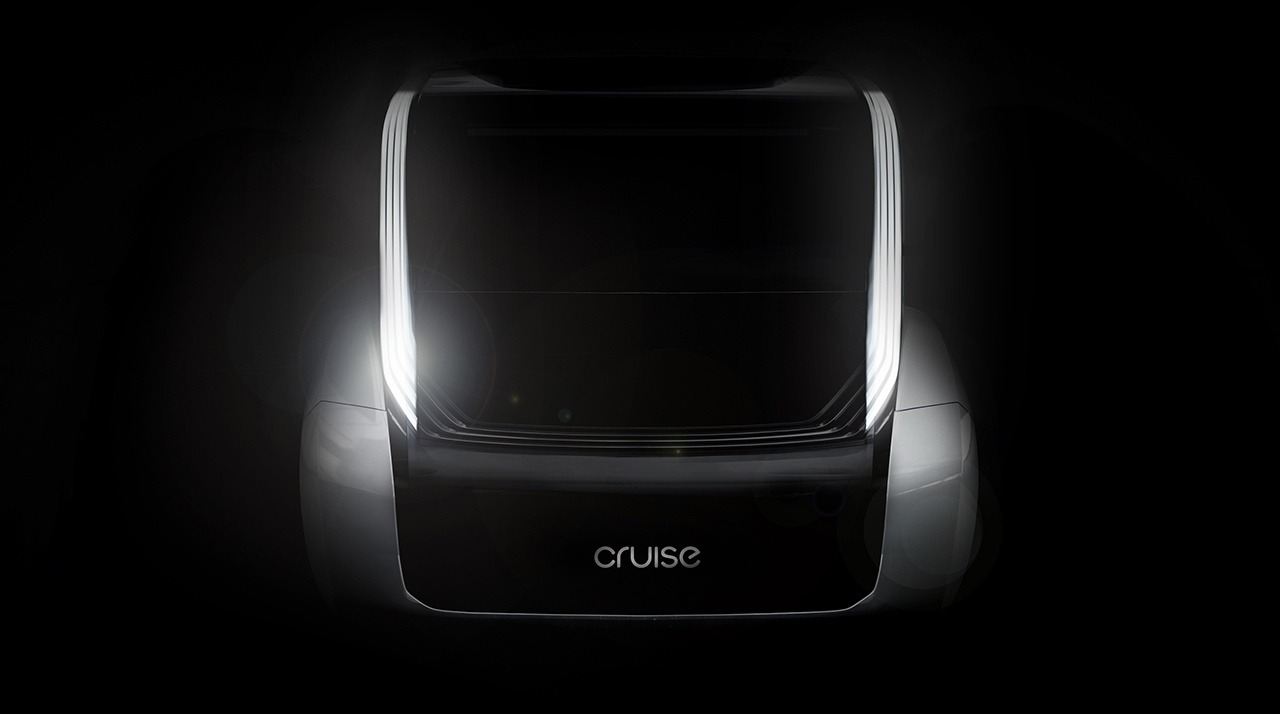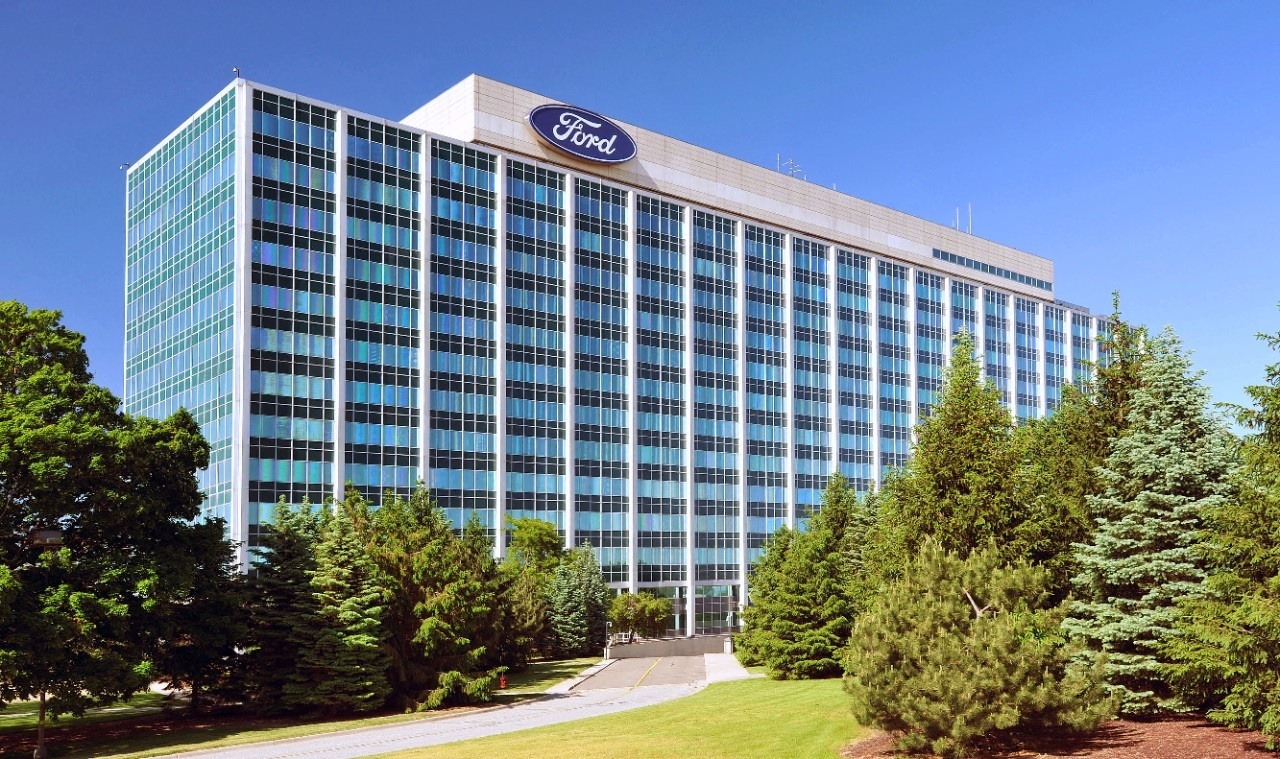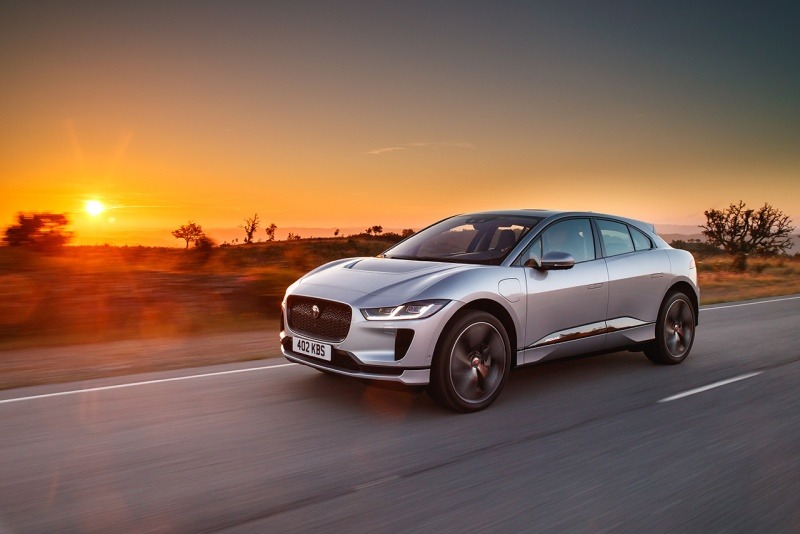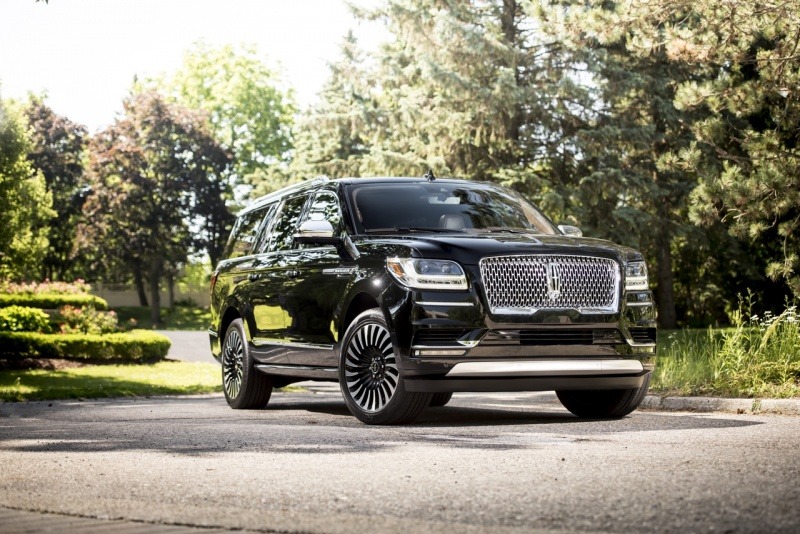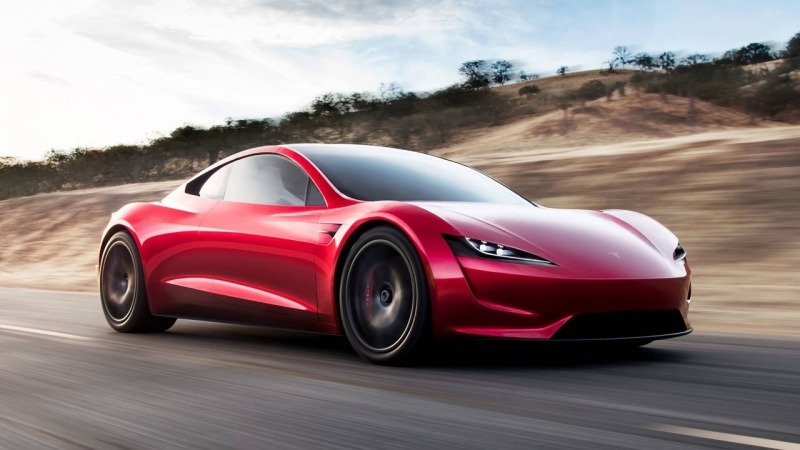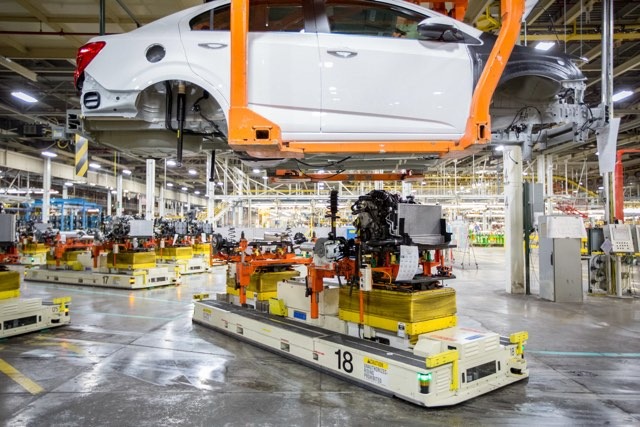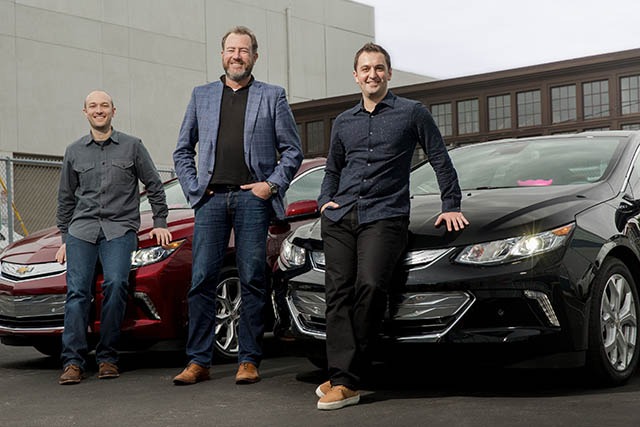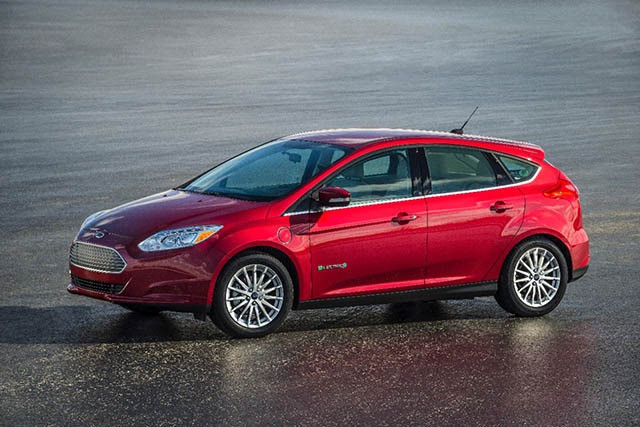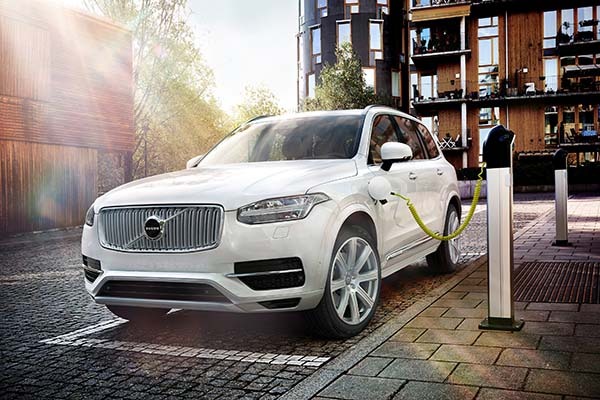Search the Community
Showing results for tags 'investment'.
-
From the strange bedfellows' file; Hyundai and Kia have announced a joint investment of 80 million Euros (about $90 million) into Croatia-based Rimac Automobili. Rimac may be known to most people for the fast Concept One electric supercar - the vehicle which Richard Hammond had a serious crash when...
-
From the strange bedfellows' file; Hyundai and Kia have announced a joint investment of 80 million Euros (about $90 million) into Croatia-based Rimac Automobili. Rimac may be known to most people for the fast Concept One electric supercar - the vehicle which Richard Hammond had a serious crash when...
-
Since the arrest of former Nissan Chairman Carlos Ghosn last month, a fair amount of dirty laundry has come to light showing the turmoil and tension between various executives and the relationship between Nissan and its alliance partner, Renault. The arrest has also brought questions as to whether...
- 5 replies
-
- investment
- japan
-
(and 3 more)
Tagged with:
-
Since the arrest of former Nissan Chairman Carlos Ghosn last month, a fair amount of dirty laundry has come to light showing the turmoil and tension between various executives and the relationship between Nissan and its alliance partner, Renault. The arrest has also brought questions as to whether...
- 5 comments
-
- investment
- japan
-
(and 3 more)
Tagged with:
-
General Motors' self-driving unit, Cruise got a huge boost today from Honda. Today at a press conference, the two companies announced a new deal where Honda will invest $2.75 billion ($750 million upfront for a 5.7 percent stake and the remainder to be invested over the next 12 years) and will work...
- 15 replies
-
- cruise
- general motors
-
(and 3 more)
Tagged with:
-

General Motors' Cruise Gets A $2.75 Billion Investment From Honda
William Maley posted an article in General Motors
General Motors' self-driving unit, Cruise got a huge boost today from Honda. Today at a press conference, the two companies announced a new deal where Honda will invest $2.75 billion ($750 million upfront for a 5.7 percent stake and the remainder to be invested over the next 12 years) and will work...- 15 comments
-
- cruise
- general motors
-
(and 3 more)
Tagged with:
-
-
- ford
- investment
-
(and 2 more)
Tagged with:
-
Yesterday, Moody's Investment Services dropped some bad news on Ford as they have downgraded their credit rating to Baa3 - one rung above speculative grade. Analysis by the investment service said the downgrade "reflects the erosion in the company's global business position and the challenges...
-
- ford
- investment
-
(and 2 more)
Tagged with:
-
Last September, Jaguar Land Rover announced plans to begin electrifying their lineup in 2020. This means electrics, hybrids, and plug-in hybrids. There is a good reason why JLR is doing this. Bloomberg reports that the company is very dependent on diesels in Europe. In the fourth quarter of last yea...
- 1 reply
-
- electrification plans
- investment
-
(and 1 more)
Tagged with:
-

Jaguar Land Rover To Boost Investments To Become Less Dependent on Diesel
William Maley posted an article in Jaguar
Last September, Jaguar Land Rover announced plans to begin electrifying their lineup in 2020. This means electrics, hybrids, and plug-in hybrids. There is a good reason why JLR is doing this. Bloomberg reports that the company is very dependent on diesels in Europe. In the fourth quarter of last yea...- 1 comment
-
- electrification plans
- investment
-
(and 1 more)
Tagged with:
-
The redesigned Ford Expedition and Lincoln Navigator have been moving quite rapidly off dealer lots. In January, sales of the Expedition rose 59 percent while the Navigator saw a jaw-dropping 132 percent increase. But this is proving to be a problem for Ford as their dealers can't get enough of eith...
-
- expedition
- ford
-
(and 3 more)
Tagged with:
-
The redesigned Ford Expedition and Lincoln Navigator have been moving quite rapidly off dealer lots. In January, sales of the Expedition rose 59 percent while the Navigator saw a jaw-dropping 132 percent increase. But this is proving to be a problem for Ford as their dealers can't get enough of eith...
-
- expedition
- ford
-
(and 3 more)
Tagged with:
-
Tesla is known for building quick vehicles, but they're also known for burning through a lot of cash. Bloomberg recently crunched some numbers on how fast Tesla goes through money and the amount is quite shocking. According to their data, Tesla has been burning through $8,000 per minute (about...
- 24 replies
-
- burning
- investment
-
(and 2 more)
Tagged with:
-
- 24 comments
-
- burning
- investment
-
(and 2 more)
Tagged with:
-

Ford Cancels Plans For Mexico Plant, Invest $700M At Flat Rock, and More
William Maley posted an article in Ford
Ford dropped a few bombshells this morning at a press conference in Flat Rock, MI. The big one was the American automaker dropping plans to build $1.6 billion assembly plant in Mexico (which was in the early stage of construction). Instead, Ford will invest $700 million into their Flat Rock that wil...-
- electric vehicles
- ford
-
(and 6 more)
Tagged with:
-
Ford dropped a few bombshells this morning at a press conference in Flat Rock, MI. The big one was the American automaker dropping plans to build $1.6 billion assembly plant in Mexico (which was in the early stage of construction). Instead, Ford will invest $700 million into their Flat Rock that wil...
-
- electric vehicles
- ford
-
(and 6 more)
Tagged with:
-
It hasn't been a good couple of years for workers General Motors' Orion Assembly, home to the Buick Verano and Chevrolet Sonic. Last year, GM laid off 150 workers. This was followed by GM eliminating a shift at the plant this year due to weak demand for small cars. Yesterday, another dose of bad new...
- 1 reply
-
- Cadillac Crossover
- General Motors
-
(and 4 more)
Tagged with:
-

GM's Orion Assembly Loses Out On $245 Million Investment
William Maley posted an article in General Motors
It hasn't been a good couple of years for workers General Motors' Orion Assembly, home to the Buick Verano and Chevrolet Sonic. Last year, GM laid off 150 workers. This was followed by GM eliminating a shift at the plant this year due to weak demand for small cars. Yesterday, another dose of bad new...- 1 comment
-
- Cadillac Crossover
- General Motors
-
(and 4 more)
Tagged with:
-

General Motors Forms Alliance With Lyft, Invests $500 Million
William Maley posted an article in General Motors
General Motors announced this morning a new alliance with ride-sharing company Lyft to develop an on-demand network of autonomous vehicles. GM has also invested $500 Million into Lyft as part of a round of a $1 billion round of fund-raising - one of the largest investments GM has made into a company...- 12 comments
-
- Future of Mobility
- General Motors
-
(and 3 more)
Tagged with:
-
General Motors announced this morning a new alliance with ride-sharing company Lyft to develop an on-demand network of autonomous vehicles. GM has also invested $500 Million into Lyft as part of a round of a $1 billion round of fund-raising - one of the largest investments GM has made into a company...
- 12 replies
-
- Future of Mobility
- General Motors
-
(and 3 more)
Tagged with:
-

Ford Plans To Invest $4.5 Billion Into Electric and Hybrid Vehicles By 2020
William Maley posted an article in Ford
-
- 2020
- 4.5 Billion
-
(and 4 more)
Tagged with:
-
Ford announced yesterday a massive investment for electric and hybrid vehicles. Mark Fields, CEO of Ford says the company plans on spending $4.5 billion by 2020 to bring out 13 electric and hybrid models, increasing the current percentage of electric and hybrid models from 13 to 40 percent. Now...
-
- 2020
- 4.5 Billion
-
(and 4 more)
Tagged with:
-
Last week, Volvo announced that will be building a factory in South Carolina that will go online in 2018 and build 100,000 vehicles per year. Quite ambitious considering the brand only sold 56,366 vehicles in the U.S. last year. But the plant is part of a new comeback plan for Volvo. "We have re...
- 8 replies
-
- Comeback
- Investment
-
(and 2 more)
Tagged with:
-
- 8 comments
-
- Comeback
- Investment
-
(and 2 more)
Tagged with:
-
General Motors' troubled brand, Opel announced some major changes this past week. For starters, the company announced that it would be pulling out of China in January of 2015. The German marque said poor sales was the major reason as to the brand's departure. In 2013, Opel only sold 4,365 vehicles t...


